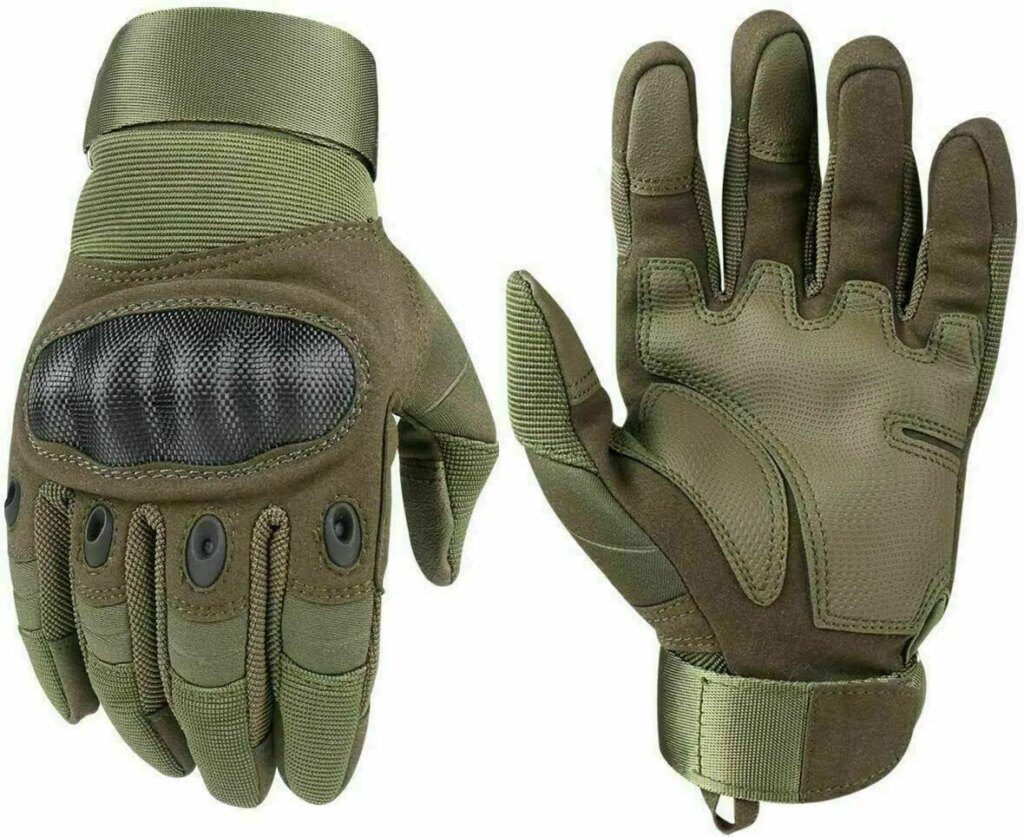The importance of tactical training tools in military education cannot be overstated. These tools play a crucial role in helping soldiers develop the skills and abilities they need to succeed in combat situations. From virtual reality simulations to live-fire ranges, these tools provide soldiers with the opportunity to practice their skills in a controlled environment. In order to maximize the effectiveness of tactical training tools, instructors should integrate them into the curriculum, provide realistic scenarios, and offer feedback and evaluation to help soldiers improve. By following these best practices, instructors can ensure that soldiers are well-prepared for the challenges they may face in the field.
The Importance of Tactical Training Tools in Military Education
Military education plays a crucial role in preparing soldiers for the challenges they may face in combat. One key aspect of military education is tactical training, which involves teaching soldiers how to effectively plan and execute missions in a variety of environments. Tactical training tools are essential in helping soldiers develop the skills they need to succeed in the field.
Types of Tactical Training Tools
There are a variety of tactical training tools that are used in military education, ranging from computer simulations to live-fire exercises. These tools allow soldiers to practice their skills in a controlled environment, helping them to develop the muscle memory and decision-making abilities necessary for success in combat. Some common types of tactical training tools include:
- Virtual Reality Simulations
- Weapon Simulators
- Live-Fire Ranges
- Tactical Decision Games
Maximizing the Use of Tactical Training Tools
While tactical training tools are an essential component of military education, their effectiveness depends on how they are used. In order to maximize the impact of these tools, instructors should follow several best practices:
Integrate Training Tools into the Curriculum
Tactical training tools should be integrated into the overall curriculum of military education programs. This ensures that soldiers have the opportunity to practice their skills regularly and in a structured manner. By incorporating these tools into the curriculum, instructors can reinforce key concepts and provide soldiers with hands-on experience in applying their training.
Provide Realistic Scenarios
In order to be effective, tactical training tools must provide soldiers with realistic scenarios that simulate the conditions they may face in combat. By creating scenarios that challenge soldiers to think critically and make quick decisions, instructors can help them develop the skills they need to succeed under pressure. Additionally, realistic scenarios can help soldiers build confidence in their abilities and improve their overall performance.
Offer Feedback and Evaluation
Feedback is essential for learning and improvement. Instructors should provide soldiers with feedback on their performance during tactical training exercises, highlighting areas where they excelled and areas where they need to improve. By offering constructive feedback and evaluation, instructors can help soldiers identify their strengths and weaknesses, allowing them to make adjustments and continue to develop their skills.
Conclusion
Tactical training tools are a critical component of military education, helping soldiers develop the skills they need to succeed in combat. By following best practices for using these tools, instructors can maximize their impact and ensure that soldiers are well-prepared for the challenges they may face in the field. By integrating training tools into the curriculum, providing realistic scenarios, and offering feedback and evaluation, instructors can help soldiers develop the tactical skills they need to excel in their roles as military personnel.
